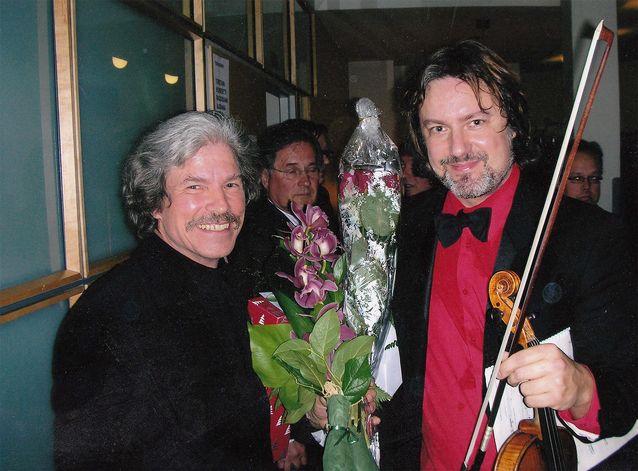Mikko Heiniö
Mikko Kyösti Heiniö
Born May 18, 1948, Tampere
BA 1972, licentiate 1978, PhD 1984 (musicology), University of Helsinki
Freelance composer 2005–
Musicology Professor 1986–2005, University of Turku
Musicology assistant / Acting assistant professor 1977–1985, University of Helsinki
Key positions of trust
Vice chair of the Finnish Music Foundation (MES) 2013–15
Vice chair of the Finnish Composers’ Copyright Society Teosto 1999–2014
Chair of the Society of Finnish Composers 1992–2010
Vice chair for the Foundation for Creative Art Composition 1989–1997
Chair of the Sibelius Fund 1988–1992
Significant Honours
Tieto-Finlandia Award for Suomen musiikin historia I-IV (‘The history of Finnish music I–IV’) 1997 (with Fabian Dahström and Erkki Salmenhaara)
Finland Prize 2006
Member of the Royal Swedish Academy of Music 2004
Honorary member of the Society of Finnish Composers 2010
Honorary member of the Finnish Composers’ Copyright Society Teosto 2014
Photo: Elke Albrecht
Written by Mikko Heiniö (Riitta-Ilona Hurmerinta, ed.)
Translated by Joe McVeigh


